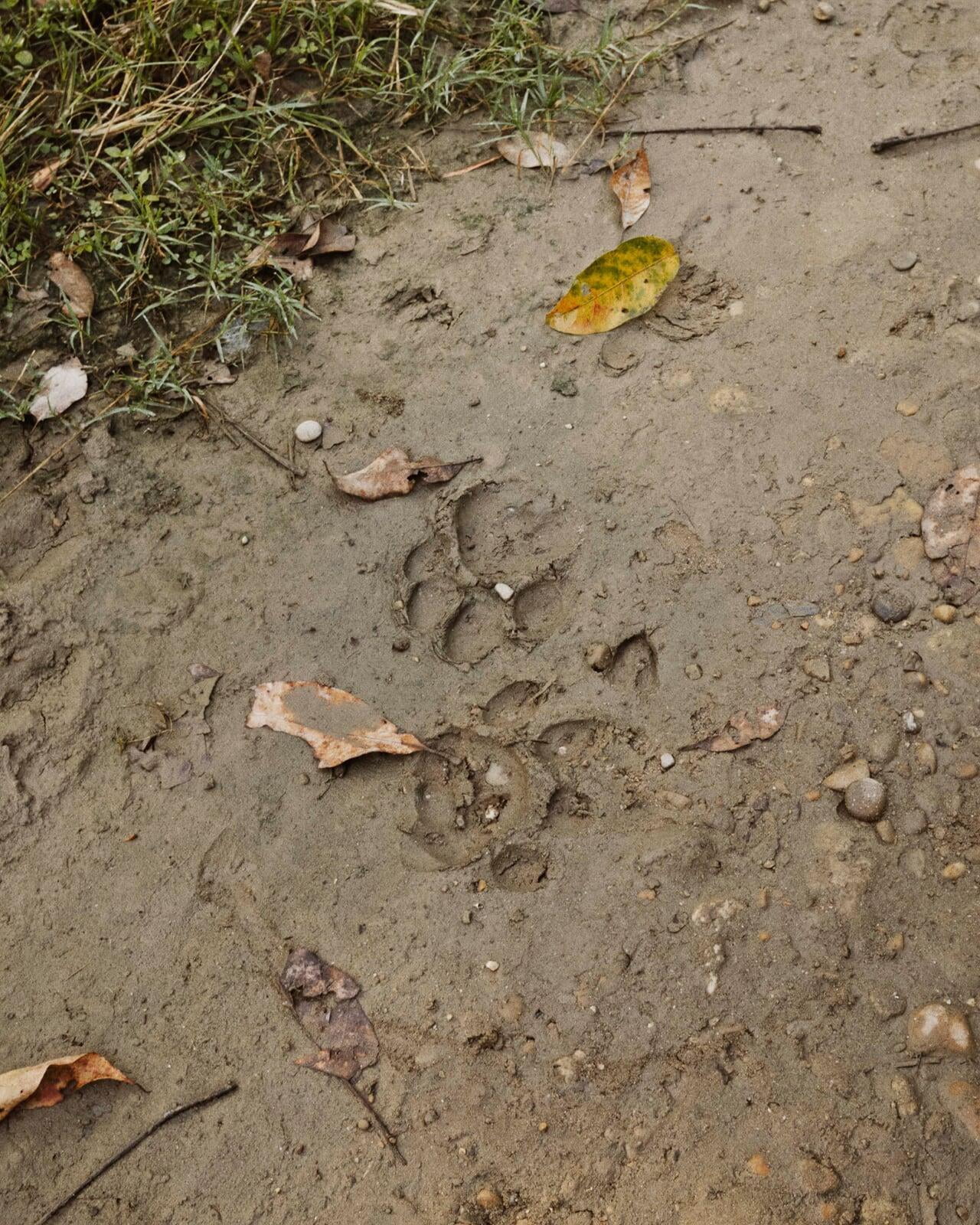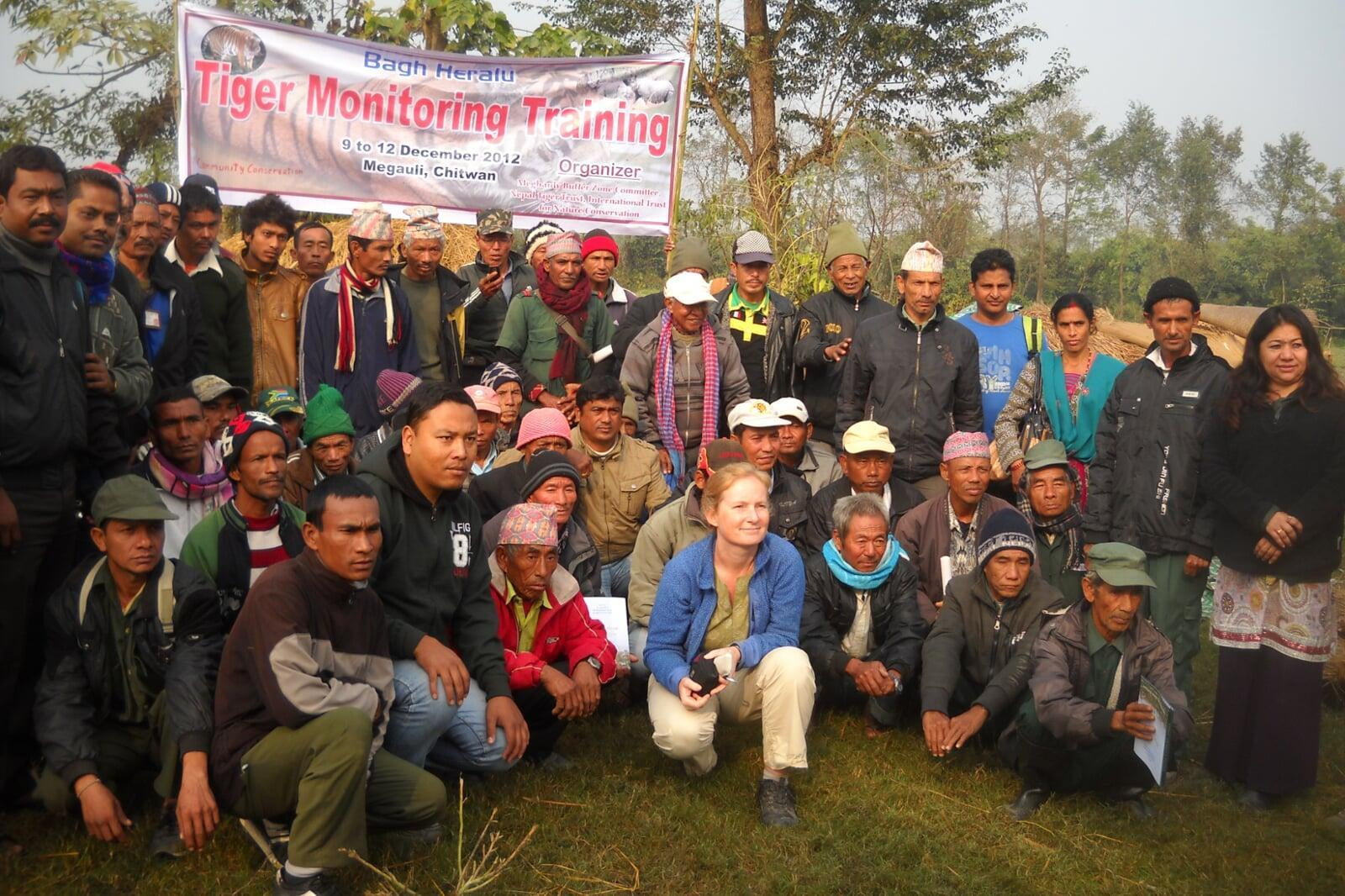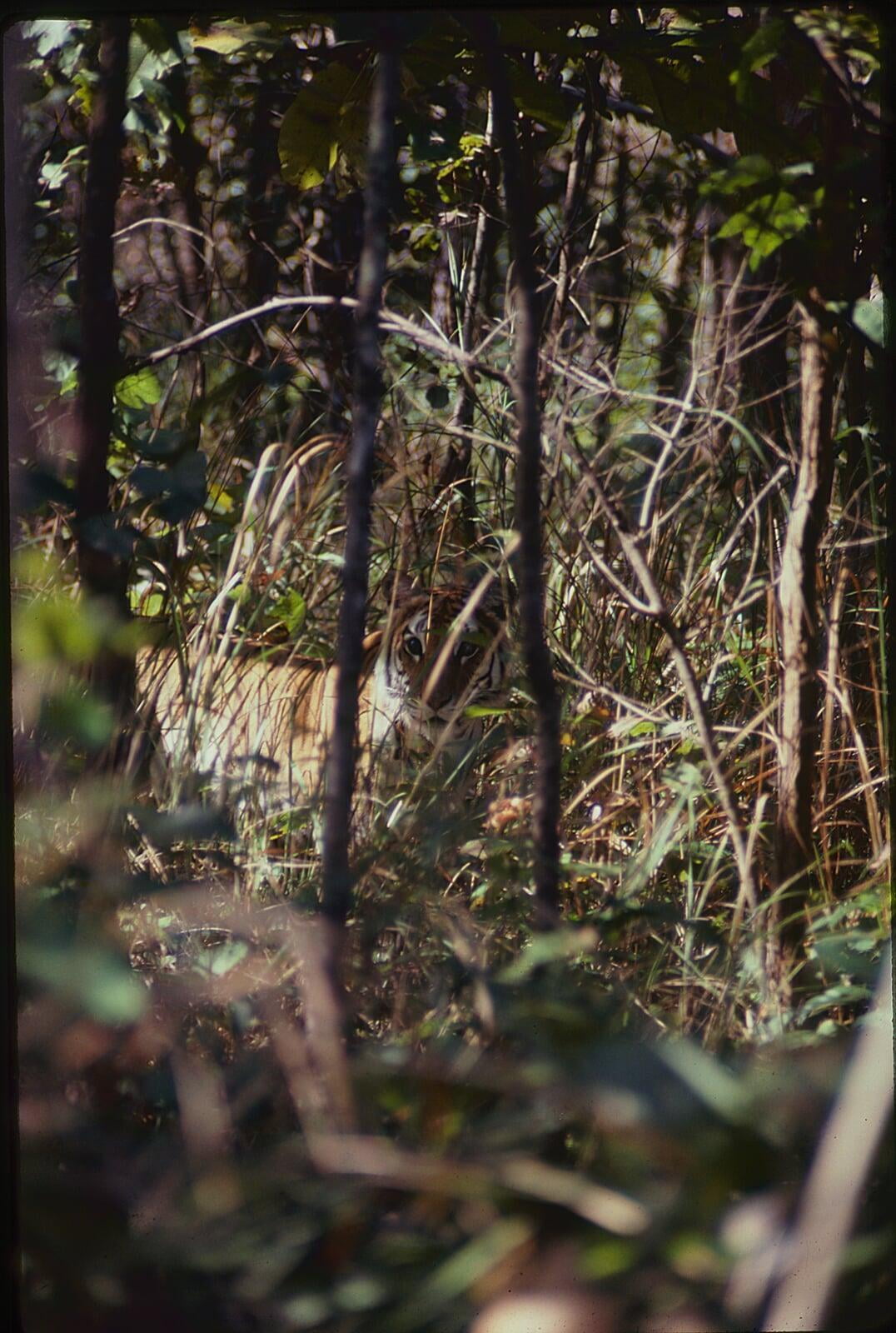When Dr Charles McDougal initiated a tiger monitoring program in Chitwan National Park in 1974, he believed tigers would become extinct within his lifetime. Over the last fifteen years, the tiger population in Nepal has almost tripled, making it the only one of 13 countries to fulfill its TX2 conservation pledge.
Since its establishment in 2010, Nepal Tiger Trust has been working tirelessly to monitor and protect the tiger population in the western part of Chitwan National Park and adjacent buffer zones. We work closely with the Department of National Parks and Wildlife Conservation, Chitwan National Park, the Bufferzone User Committee and the local population living in villages near the Park.
Long Term Monitoring
Our long term monitoring of tigers tracks the current population in the western areas of Chitwan Park. The data we collect lets us better understand their movement patterns, communication mechanisms, reproduction and population structures. In recent years, with the exponential growth of the Chitwan tiger population, we have focused our efforts on monitoring tigers in the areas outside or adjacent to the Chitwan Buffer Zone. This information allows us to study dispersal patterns and corridor habitats.
Our methods include:
- Camera Trapping
- Pugmark Tracking


Participatory Anti-Poaching Efforts
Our anti-poaching approach in Chitwan and Bardia helps strengthen national park enforcement and management units. In Bardia, we have worked with Park staff, the National Trust for Nature Conservation, the Nepal Army and with local communities to implement the “Participatory Anti-Poaching Unit”, annually funding is provided by 'The Fund For The Tiger' since its inception in 2009.
Through this initiative we have established the Community Based Anti-Poaching Unit (CBAPU), where local youth register as members to conduct joint patrolling with Army and Park staff. Following this successful application, we have initiated the “Participatory Anti-Poaching Alliances” in Chitwan National Park in 2018, supported by 'The Fund For The Tiger".
These projects have strongly contributed to Nepal’s “zero poaching years”, a result which gained the country international interest and praise for its conservation efforts.
EDUCATION & OUTREACH
We organise a range of educational and income generation initiatives to encourage further growth in Nepal's conservation efforts.
Our approach includes front-end field personnel capacity building. We provide field gear and training workshops to rangers, game scouts, trackers, forest guards, CBAPU and buffer zone community members. These initiatives help us improve our knowledge of local ecological and social conditions through community participatory efforts. We believe it is crucial to build a sense of pride and ownership of the forest and animals, to help people understand the importance of respecting the natural environment.
Recent years in Bardia, we support CBAPU members for income generation initiatives such as goat/pig/poultry farming, Home Stay management, and for female members we provide sewing and tailoring training.
We organise conservation talk programs and educational tours of the field sites for students, teachers and visitors from around the world. We hope to create greater awareness of the challenges of conservation work, as well as the beauty of the local nature and wildlife.
As part of our outreach program we produce educational materials for local communities, and publish our research findings in international scientific journals. Also, we conduct tiger conservation awareness activities at local schools.

